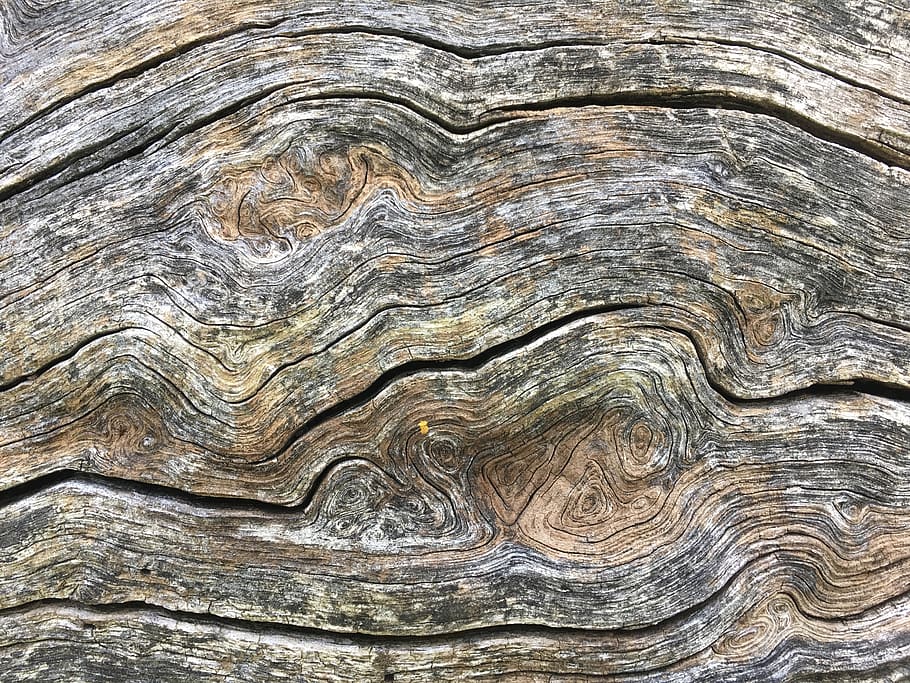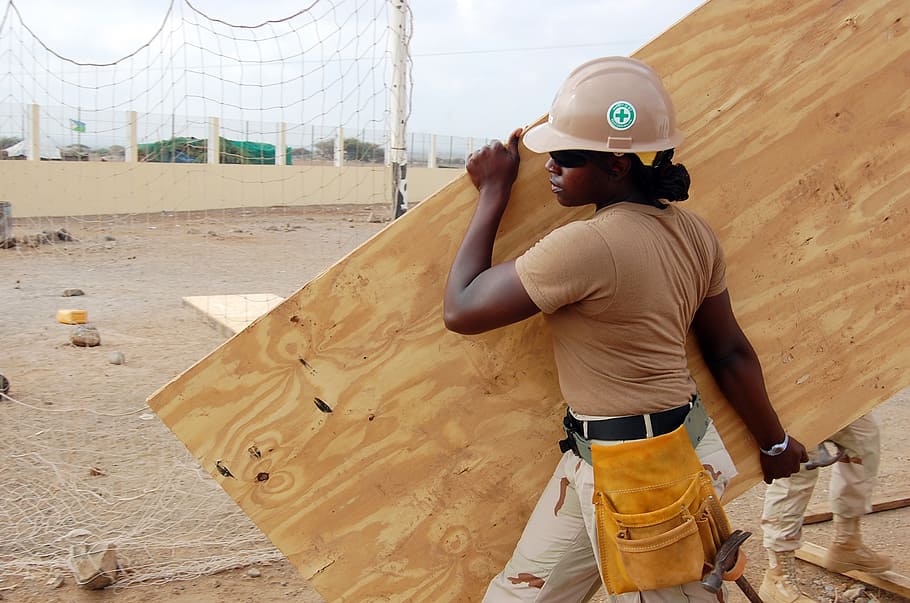Plywood is a kind of laminated wood that started during archaic Egypt and China. It was in 1865 that the first concession for plywood was given to John K. Mayo. Currently, contemporary procedures of production and manufacturing have turned plywood into one of the most commonly used devised wood products in furniture, cabinet making, and building.
There is no question that plywood is amazingly useful, with beneficial applications comprising of structural, interior, and exterior works. It can be employed to finish jobs that extend from formwork straight to paneling. But what do you know about plywood and how is it processed? What is plywood made of? In this article, we will tackle the answers to your questions and understand why plywood is characterized as flexible material for both indoor and outdoor construction projects.
The Materials
What is plywood made of? Obviously, making good plywood requires good materials and these are things you cannot risk. But, what are the materials used in producing plywood? You have to be particular with the kind of materials you use if you want to make sure that you will come up with good-quality plywood.
Woods

Plywood can be created from different kinds of woods and that includes both softwoods and hardwoods. Typical hardwood trees utilized for the production of plywood are maple, ash, teak, oak, and mahogany. Softwoods include redwood, spruce, pine, and Douglas fir.
Glue

The kind of glue that is used to keep the veneer sheets together would vary depending on the purpose of the application. Sheets that are built from softwoods for outer applications are commonly glued with phenol-formaldehyde resin because of their moisture resistance and strength.
Interior softwood usages may also utilize soy protein or blood protein as glue. Commonly, hardwood sheets for interior purposes like furniture are glued with urea-formaldehyde resin.
The Process
Generally, the trees that are used to create plywood have a smaller diameter compared to those that are used to create lumber. Most of the time, these trees were grown and cultivated in places owned by the company. These places were attentively groomed to pump up the growth of the trees and lessen injuries caused by insects and fire. So, after securing the sources of woods, what happens next? What are the procedures done to make plywood? Here are the steps that are done to come up with good plywood:
1. Chopping Down the Trees
Selected trees are pointed up as being set for chopping down. The felling can be performed by using gasoline-operated chain saws or with huge hydraulic shears attached on the front-line of wheeled vehicles known as fellers. Through chain saws, the limbs are taken out from the cut trees.
Then the trimmed logs or trunks are hauled to a loading space through wheeled vehicles known as skidders. the hauled logs are cut to length before they are moved to trucks to be transported to the mill. Once they arrived in the mill, they are piled up and these piles as called log decks.
2. Preparing the Logs
By using rubber-tired loaders, logs are gathered from the log decks and are put on a chain conveyor which will carry them straight to the debarking machine. The debarking machine will then work to remove the bark either through jets of extremely pressurized water or through sharp-toothed crushing wheels, while the log is gradually whirled around its lengthy axis.
After debarking the logs, they are then brought straight to the mill through a chain conveyor where there is a big circular saw that slices them into parts around 8 ft-4 in. to 8 ft-6 in long, enough to create standard 8 ft long sheets. We call these log portions peeler blocks.
3. Layer Formation
The huge blade is employed to process the thin layers within the sawmill and create sheets of veneers. The log is kept in a horizontal placement to achieve a better output. Uninterruptedly, the blade is clasped and a few layers are cut into parts.
4. Exposing to Heat
To get rid of the water content from the sheets, they are then subjected to heat exposure. Before proceeding to the next step, it is first made sure that there is good dehydration of the sheets.
5. Gluing
Once the sheets are dried, they are then attached together by gluing them while keeping the structure of a unique kind of plywood. During this step, it is important to practice caution to achieve the best output. Gluing is done after completing patching and grading. Phenol-Formaldehyde and Urea Formaldehyde are used for gluing. Manufacturers will also use Furmecyclox to achieve fungal resistance traits.
6. Baking
After gluing the plywood primary sheets, they are then forwarded for the next step which is baking and pressing. This step requires specific pressure and temperature. The minimum pressure used is 1.9 MegaPascal and the temperature is at least 140 degrees Celsius.
7. Finishing
After carrying out all the steps, blemishes of created plywood sheets are addressed. Pits, holes, or any faulty edges are provided finishing. Moreover, reshaping and resizing happens.
Conclusion
The use of plywood is very dominant nowadays. Many companies are engaging in making this product as they know that many are looking for plywood to complete their project. What is plywood made of? After learning the materials used and the processes involved in making plywood, you can say that it went through rigid steps.
